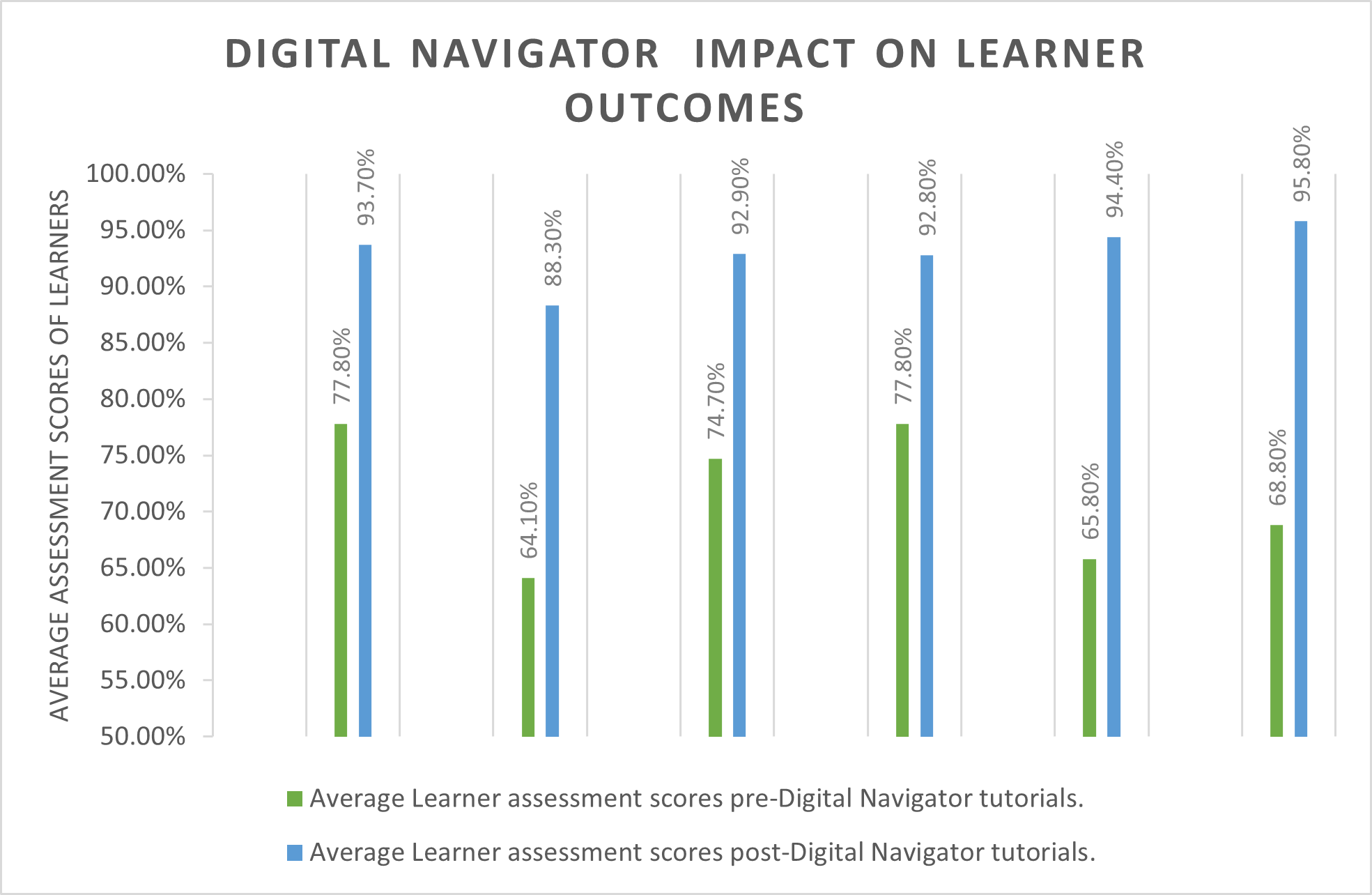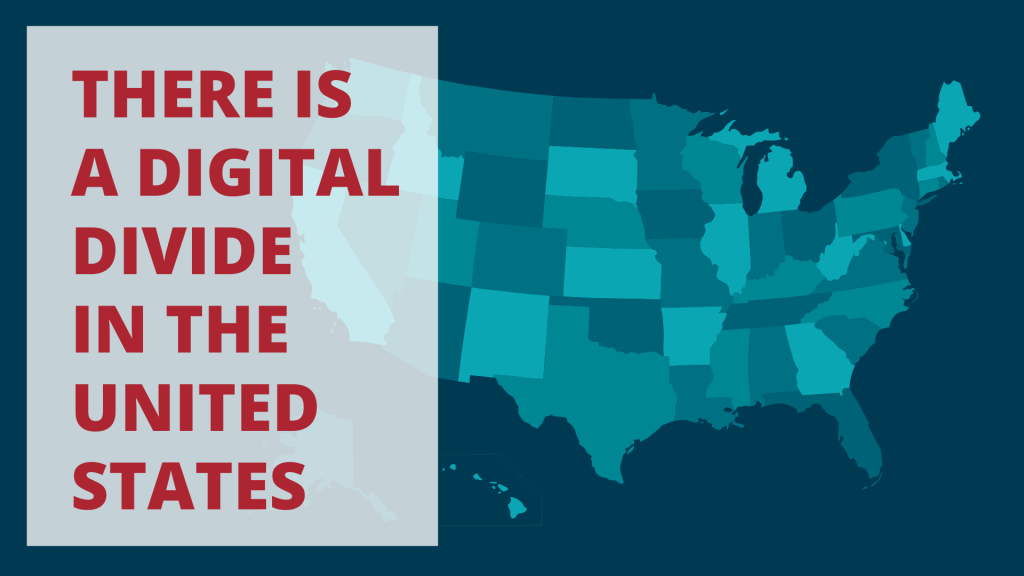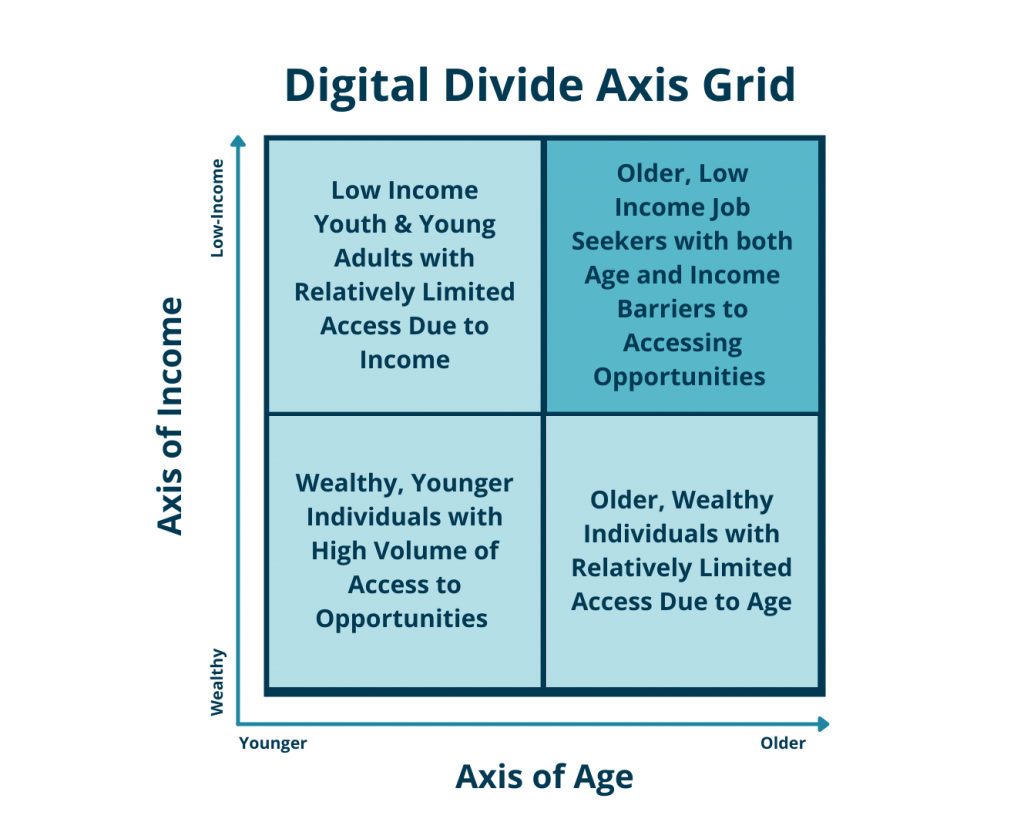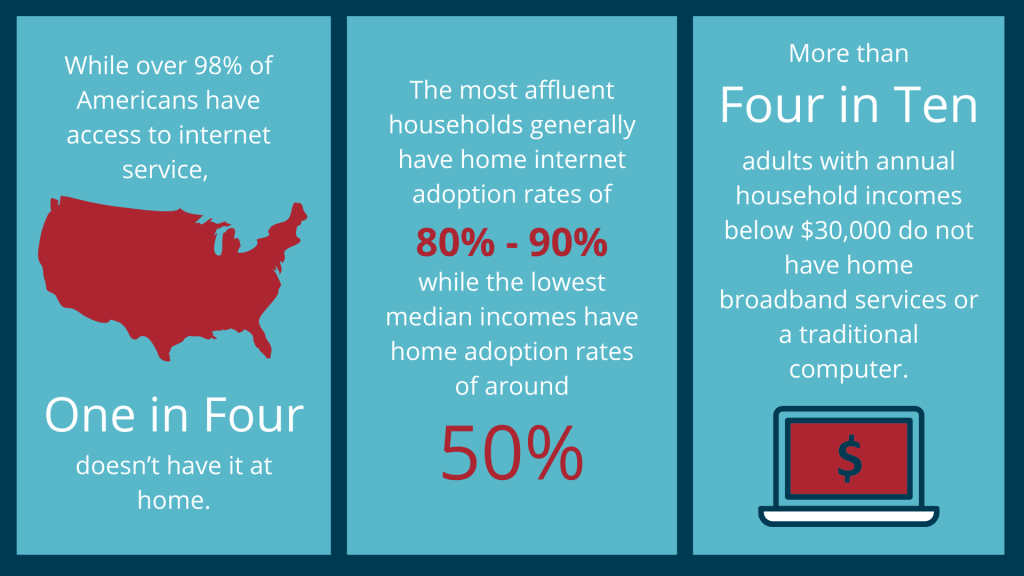Digital Transformation for Older Job Seekers
In partnership with the Ohio Department of Aging, VANTAGE Aging is addressing the national issue of digital inclusion with a pilot project, Shrinking the Digital Divide for Older Ohioans. The program improves digital access and computer competencies of older Ohioans through access to digital devices and personalized, one-on-one coaching sessions from trained digital navigators.
VANTAGE Aging is Ohio’s number #1 resource in providing digital education to older job seekers.
Who We Are
Our strategy is centered around the older learner. In partnership with the Department of Labor, Ohio Department on Aging, and the National Digital Inclusion Alliance, we use a nationally-recognized training curriculum to increase digital competencies.
The Digital Inclusion program has proven to benefit the residents of Ohio and they are thriving.
Based on pre/post assessment outcomes, learner scores improved by an average of 32% increases after one-on-one lessons with Digital Navigators compared to learner practice tests alone.
Upon completion of initial assessments and tailored coaching sessions, learners earn industry recognized, skill-tested certificates recognizing their new digital capabilities. These certificates make the job seeker’s resume stand out in a crowd and position them for success in the modern workforce.

We are Changing Lives
During Vantage’s graduation ceremonies, Digital Divide project Learners shared the positive impact the program has had on their lives.

Increased computer skills lead to improved career opportunities.
“I gained so much confidence in my computer skills that I decided to change my career pathway training from customer service to office administration!” – Cheryl, age 57

Confidence unlocks hidden potential.
“I love the program. I feel like it’s building so much knowledge. I’m proud of myself to be a 64-year-old woman and I still think I got it! When I was a kid, they called me dumb. Now that I’ve earned these certificates, I know I’ve proved them wrong.” – Diane, age 64

Digital competency promotes life-long learning.
“I have so much more confidence learning online. It makes me want to learn more!” – Robert, age 63

Digital equity is for all ages.
“I always felt left out when it came to doing things on the computer. My grandkids always had to do things for me. Now I am learning so fast that I’m catching up to them!” – Linda, age 67
What the Digital Divide Looks Like
The pandemic has exposed a hidden crisis among older adults across the country – the lack of internet and technology to stay connected to the outside world. This is referred to as the digital divide.
The digital divide has existed for decades, but stay-at-home orders and a shift to even more digitally-driven workplaces have recently shined a light on just how critical digital inclusion is to healthy communities.

Why does digital inclusion matter? Older, less wealthy populations have fewer choices and slower internet connections.
In today’s society, digital inclusion, access to reliable internet, and understanding how to use these devices, are essential for accessing employment opportunities, healthcare services, financial resources, support networks, and commerce.
The digital divide exists throughout Ohio, from the urban cities to rural areas, and presents more challenges than just internet or broadband availability alone. Exclusion from the digital world is related to both income and age.
 Income
Income
- According to a 2019 study by the Pew Research Center, more than four-in-ten adults with annual household incomes below $30,000 do not have home broadband services (44%) or a traditional computer (46%).
Age
- The 2019 study by the Pew Research Center found that a third of adults ages 65 and older do not use the internet, and roughly half (49%) do not have home broadband services.
This data highlights ways that Vantage’s SCSEP participants are particularly at-risk of being excluded from the digital economy and how the lack of access contributes to low skill levels in common technologies.
Digital Inclusion Fast Facts
Job seekers who are both older and low income are impacted disproportionately. Not only do they lack the financial resources to afford equipment and broadband, they didn’t grow-up in a digital environment and don’t have the confidence to navigate the digital world.

- In Ohio, 89% of households have a computer and 82% of households have access to broadband internet.
- A 90-year-old with a household income of $95,000 or more is far more likely to have home internet connection than a person of any age whose household makes less than $26,000 a year.
- Hispanic, black, and Native American households all trail white households in internet adoption by more than 10 percentage points.
Now more than ever, our economy relies on digital competencies to get things done. Vantage is an innovative leader in tapping into Ohio’s hidden workforce to support a healthy, growing economy.
More About Digital Inclusion

